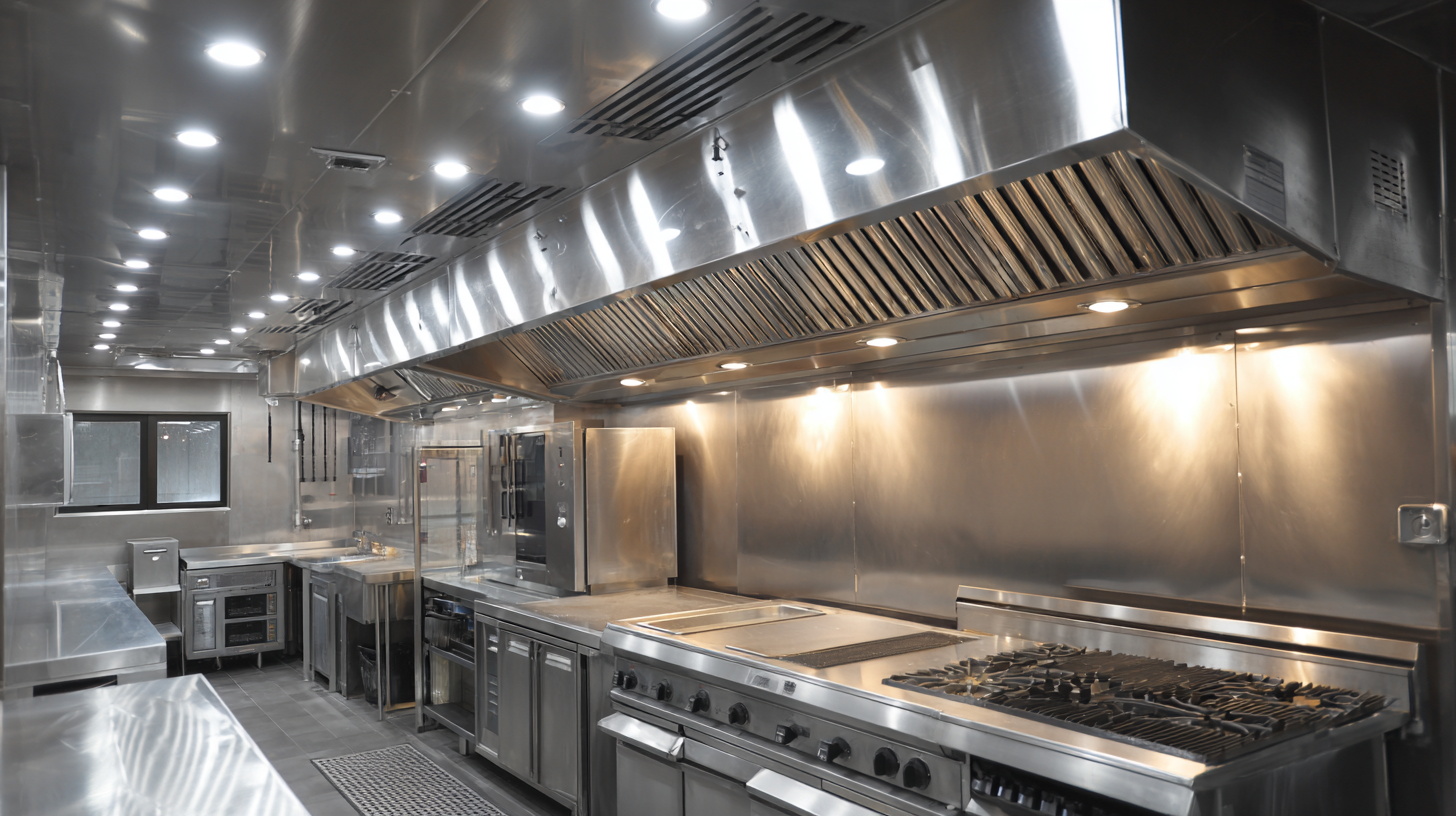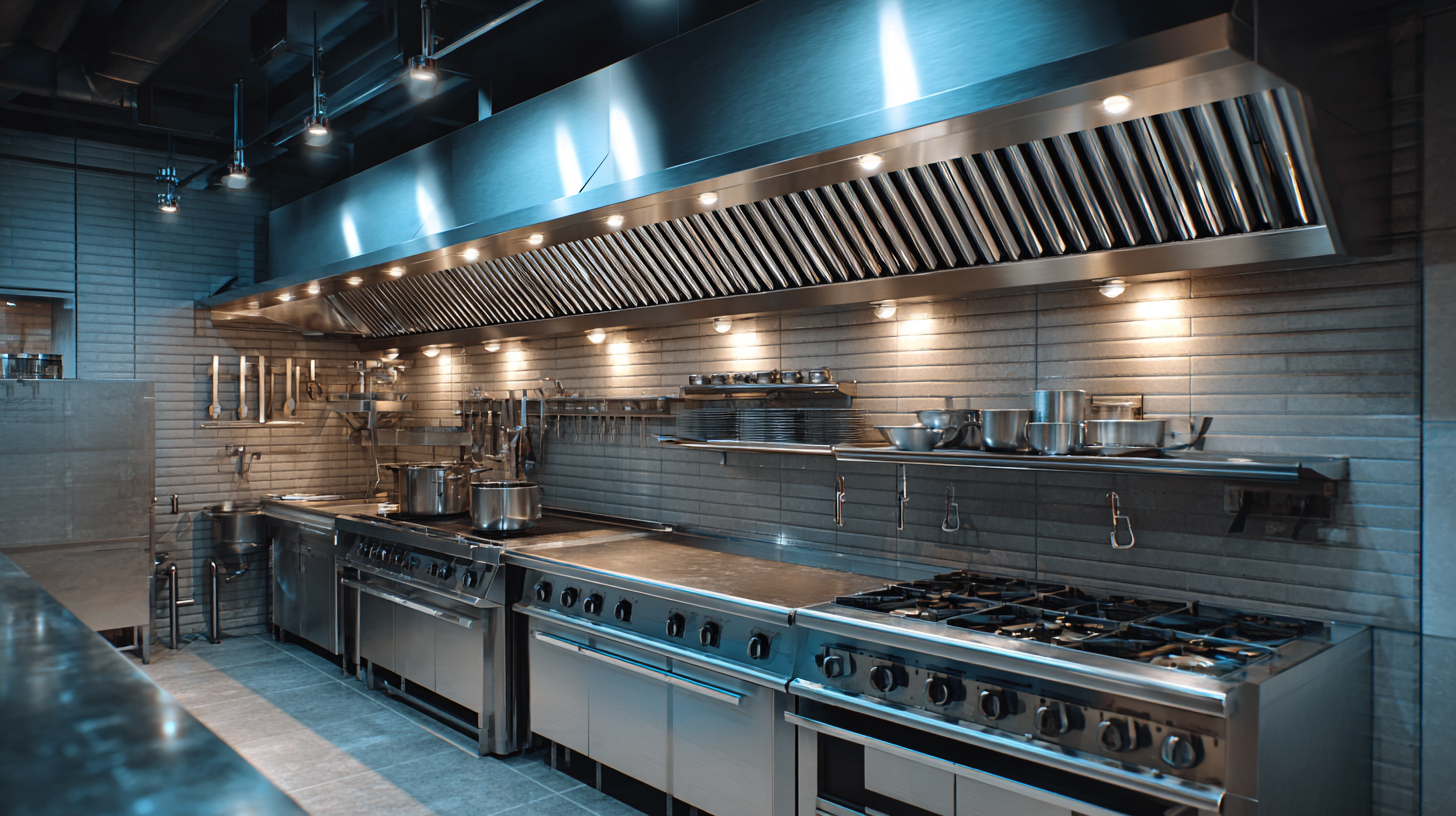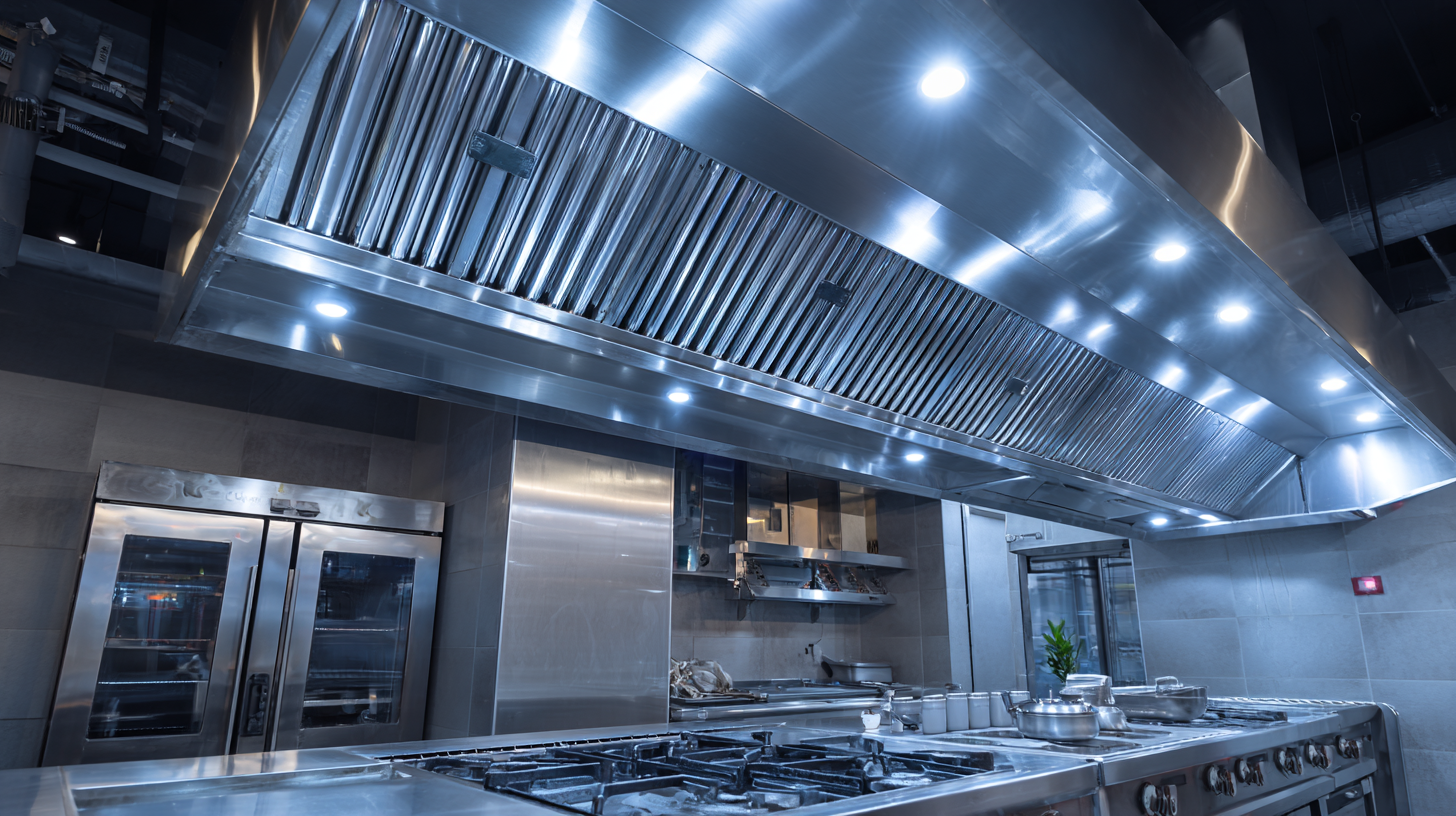Quality first, innovative service
Leave Your Message
-
Phone
-
E-mail
-
Whatsapp
-
Whatsapp

-
Wechat17786531544
-
Wechat

Quality first, innovative service


A Kitchen Exhaust Fan is an essential appliance that plays a significant role in improving indoor air quality and enhancing the overall cooking experience. As we prepare meals, it’s common for smoke, steam, and odors to accumulate in the kitchen, creating an uncomfortable and potentially unhealthy environment. By effectively removing these pollutants, a Kitchen Exhaust Fan not only helps maintain a clean and pleasant atmosphere but also aids in reducing humidity levels, thus preventing mold growth and other related issues.

In this guide, we will explore various practical tips on selecting and utilizing a Kitchen Exhaust Fan to maximize its benefits. From understanding different types of fans to maintenance strategies, we will provide insights that can transform your cooking space into a healthier, more enjoyable place to prepare your favorite dishes. Whether you are an avid home cook or simply enjoy occasional meal prep, these tips will help you optimize your experience in the kitchen.
Kitchen exhaust fans play a crucial role in maintaining indoor air quality, especially during cooking. They effectively remove smoke, odors, and airborne grease, which can accumulate and degrade the air within the home. By expelling these pollutants, kitchen exhaust fans help prevent respiratory issues and create a healthier environment for all inhabitants.
**Tips for Choosing the Right Kitchen Exhaust Fan:**
When selecting an exhaust fan, consider the size of your kitchen and the power of the fan. A fan should ideally change the air in the kitchen at least 15 times per hour. Additionally, look for models with quiet operation and efficient filters that are easy to clean, ensuring they function effectively without becoming a nuisance.
Another benefit of kitchen exhaust fans is their ability to reduce humidity levels. Cooking often generates steam, which can lead to mold growth and damage to cabinets and walls. A quality exhaust fan helps to quickly eliminate excess moisture, thereby enhancing the overall cooking experience and protecting your kitchen’s integrity.
**Tips for Maintaining Your Kitchen Exhaust Fan:**
Regular cleaning is essential to ensure your exhaust fan remains effective. Make it a habit to wipe down the fan blades and clean or replace filters every few months. This maintenance not only keeps the air clean but also prolongs the life of the fan, maximizing its performance during your cooking sessions.
 When selecting an effective kitchen exhaust fan, several key features should be considered to ensure optimal performance and satisfaction. First and foremost, the fan's airflow capacity, measured in cubic feet per minute (CFM), is crucial. A higher CFM rating enables the fan to remove smoke, steam, and odors more efficiently. For most kitchens, a fan with a CFM rating of at least 300 is recommended, but larger cooking areas may require even higher capacities to maintain good air quality.
When selecting an effective kitchen exhaust fan, several key features should be considered to ensure optimal performance and satisfaction. First and foremost, the fan's airflow capacity, measured in cubic feet per minute (CFM), is crucial. A higher CFM rating enables the fan to remove smoke, steam, and odors more efficiently. For most kitchens, a fan with a CFM rating of at least 300 is recommended, but larger cooking areas may require even higher capacities to maintain good air quality.
Additionally, noise levels play a significant role in the cooking experience. Look for models that offer a quiet operation, typically rated in sones. Fans that operate quietly allow for a more enjoyable cooking environment without overwhelming distractions. Furthermore, consider features like variable speed settings, which provide flexibility in adjusting the airflow based on cooking intensity. Lastly, built-in lighting can enhance visibility over cooking spaces, making it easier to prepare meals safely and effectively. By prioritizing these features, homeowners can select a kitchen exhaust fan that significantly improves air quality while enriching the overall cooking experience.
Proper maintenance of kitchen exhaust fans is essential for maximizing their performance and ensuring a healthy cooking environment. Regular cleaning is one of the most important tips. Dust and grease can accumulate in the filters and ducts, reducing airflow and efficiency. A good practice is to clean the filters monthly and perform a thorough cleaning of the entire system at least twice a year. This not only enhances air quality but also prolongs the life of your exhaust fan.
Another crucial maintenance tip is to check the fan's motor and bearings. Over time, these components can wear out or become less efficient, which may lead to increased noise levels or reduced functionality. If you notice any unusual sounds or decreased performance, it may be time to lubricate the motor or consult a professional for repairs. Ensuring the fan operates smoothly means it will effectively remove smoke, odors, and pollutants from your kitchen, thus contributing to a more enjoyable cooking experience.
Lastly, pay attention to the fan's installation and placement. Ensure that it is appropriately sized for your kitchen and installed at the correct height. An exhaust fan that is too small or incorrectly installed will not function optimally, undermining its purpose. Regularly assessing these aspects will help maintain peak performance and promote better indoor air quality in your kitchen.
Proper installation of kitchen exhaust fans plays a crucial role in enhancing both airflow and cooking efficiency. According to the Home Ventilating Institute, a properly sized and installed exhaust fan can reduce humidity levels by up to 50% during cooking, significantly improving indoor air quality. This is particularly important because excess moisture can lead to mold growth and decrease overall home comfort.
It’s recommended that kitchen exhaust fans be positioned directly above cooking surfaces to optimally capture smoke, steam, and odors, ensuring that the fresh air circulates seamlessly throughout the kitchen.
Moreover, the efficiency of an exhaust system is largely determined by its airflow capacity, measured in cubic feet per minute (CFM). A study by the American Society of Heating, Refrigerating and Air-Conditioning Engineers (ASHRAE) suggests that a kitchen exhaust fan should have a CFM rating that matches or exceeds the BTU output of the stovetop, ideally using a ratio of 1 CFM per 100 BTUs. This guideline not only maximizes the removal of pollutants but also enhances the overall cooking experience by maintaining a comfortable environment free of lingering cooking smells and heat. Proper installation ensures that these fans function at peak performance, contributing to a healthier kitchen atmosphere.
Modern kitchen exhaust fans are essential appliances that significantly enhance both indoor air quality and the overall cooking experience. When choosing an exhaust fan, several key features should be considered to maximize its effectiveness. First, the fan's airflow capacity, measured in cubic feet per minute (CFM), is crucial. A higher CFM rating ensures that smoke, odors, and airborne grease are efficiently removed from the kitchen, creating a healthier environment.
Another important feature is the noise level of the exhaust fan. Look for models that operate quietly, often characterized by a lower sones rating. This allows for a more pleasant cooking atmosphere without the distraction of loud noises. Additionally, energy efficiency is a vital aspect; opting for Energy Star-rated fans can help reduce energy consumption and lower electricity bills. Finally, modern exhaust fans come with various designs and installation options, such as wall-mounted or under-cabinet styles, allowing you to choose one that best complements your kitchen decor while ensuring optimal functionality.

